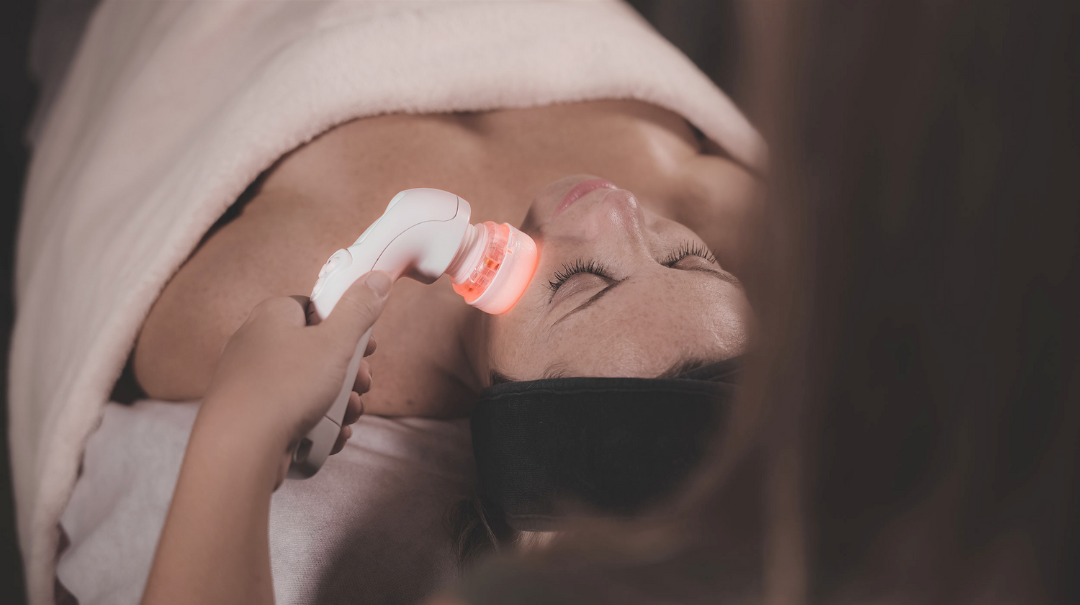Your cart is currently empty!
Treatments
Magnetic Infusion

Magnetic Pulse
Exfoliation like you’ve never had it before. As it’s own specialised express treatment, as an exfoliating boost to a facial, or in combination with other modalities, Magnetic Infusion Technology holds 2 patents and FDA certification, delivering clinical results in uncompromised comfort.
The generated magnetic field attracts hemoglobin to the skin’s surface, boosting microcirculation and cellular oxygenation while gently promoting lymphatic drainage.
Add magnetic pulse to slough off excess skin, allowing for deep penetration of targeted serums and oils and accelerate cellular renewal.
Microcurrent
Heralded as “the non-invasive facelift”, there’s three things you need to know when it comes to microcurrent: energy, muscle training, collagen. By delivering energy and stimulating the facial muscles, it promotes natural facial rejuvenation, supporting the body’s own natural youth-boosting mechanisms.
This innovative device delivers a 500µA current to the skin and muscles in the face. This low-level electrical current is at a level natural to our cells and so is recognised as usable energy without causing damage. The energy is used to fuel ATP production, increasing the energy available to your cells for optimal performance. Stimulating microcirculation, lymphatic drainage, facial muscles and fibroblasts over a series of treatments gives you all results with none of the effort of your regular workout. So sit back, relax, and let us work the magic!
Questions? Ask us whether microcurrent treatments are right for you


LED
The WISHPro LED treatments offer a convenient 3-in-1 approach: combining LED, massage, and treatment mask in 1. Available in 2 variations:
Blue Light (420-470 nm) is recommended for troubled, oily, and combination skin types. This treatment mode causes oxygenation in the skin, eliminating P. acnes bacteria responsible for papulopustular acne, and calming irritated and sensitive skin.
Red Light (660 nm) promotes natural cellular regeneration, strengthens the cells’ natural immune response, and promotes collagen and elastin production by stimulating the fibroblasts. The result? Reduced appearance of fine lines and wrinkles, a more even skin tone, and reduced pore size.
LED therapy
The perfect entry-level treatment for newcomers to professional skincare, or an enhancing add-on to other treatments, LED therapy’s effects are based on the skin’s response to light energy that penetrate to varying levels of the skin depending on the frequency/wavelength. The treatment is non-invasive, working at various wavelengths to target the corresponding spectrum of concerns.
With no pain, no downtime, and clinical results, it makes a fantastic option for skincare newcomers and veterans alike.



Our mask is top-of-the line, featuring 770 high quality LEDs fine-tuned to precise wavelengths with clinically proven results*.
Often recommended as a weekly series of treatments (sometimes more frequent, sometimes less), it is a perfect intro to skin care for those dipping their toes into skincare, or as a powerful and accessible booster for experienced skin. Our treatments include a cleanse and skin prep, a dedicated LED therapy session, and conclude with an application of our broad-spectrum mineral sunscreen to ensure maximized protection for your skin following treatment.
Made in Korea, this mask embodies the latest advances in professional skin therapy.

Indications
- Fine Lines & Rrinkles (red & NIR)
- Acne or Blemishes (blue)
- Oiliness (blue)
- Loss of Firmness (red & NIR)
- Dullness (green)
- Uneven Skin Tone (green)
- Hyperpigmentation (green)
- Bruising (red & NIR)
- Sun Spots (green)
- Post-procedure Recovery (blue, red, & NIR)
- Scarring (red & NIR)
- Redness/Erythema (green & blue)
Not sure which treatment type is right for you? Come see us for a consultation for our professional recommendation!
please note that not all treatment types may be available at all locations. to confirm availability, please check our dedicated bookings page and for any further questions feel free to contact us.